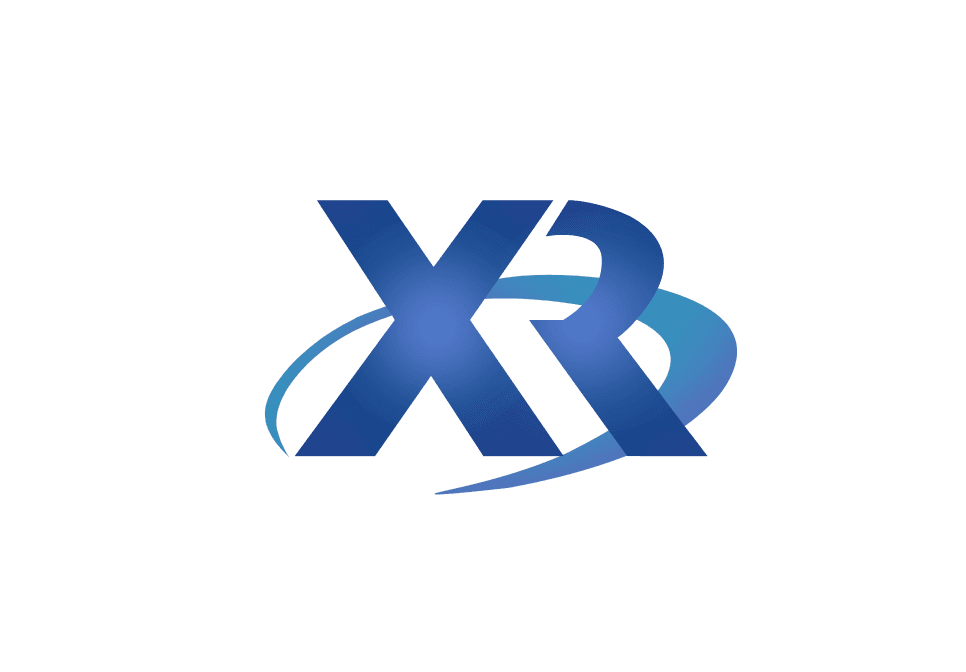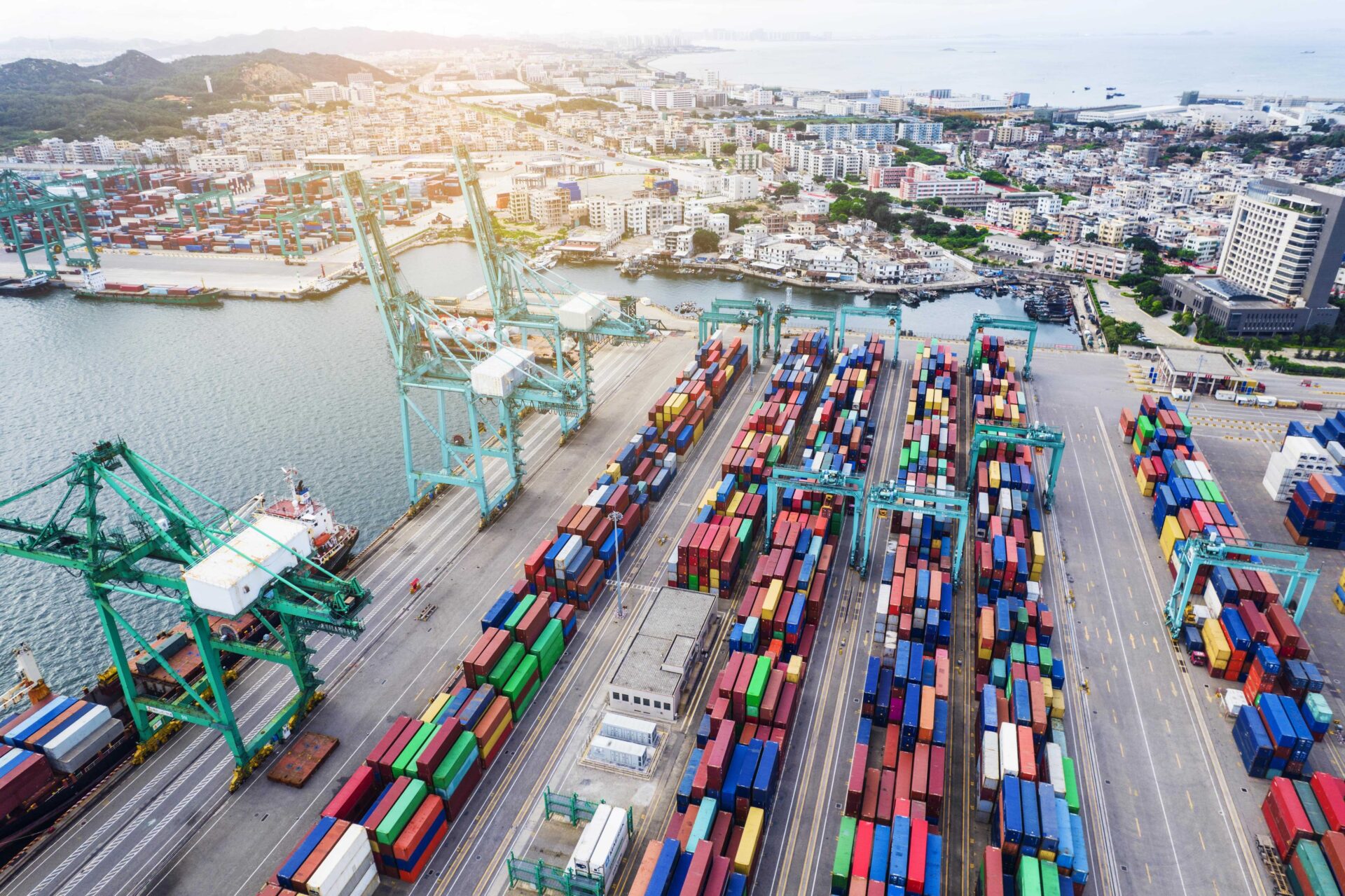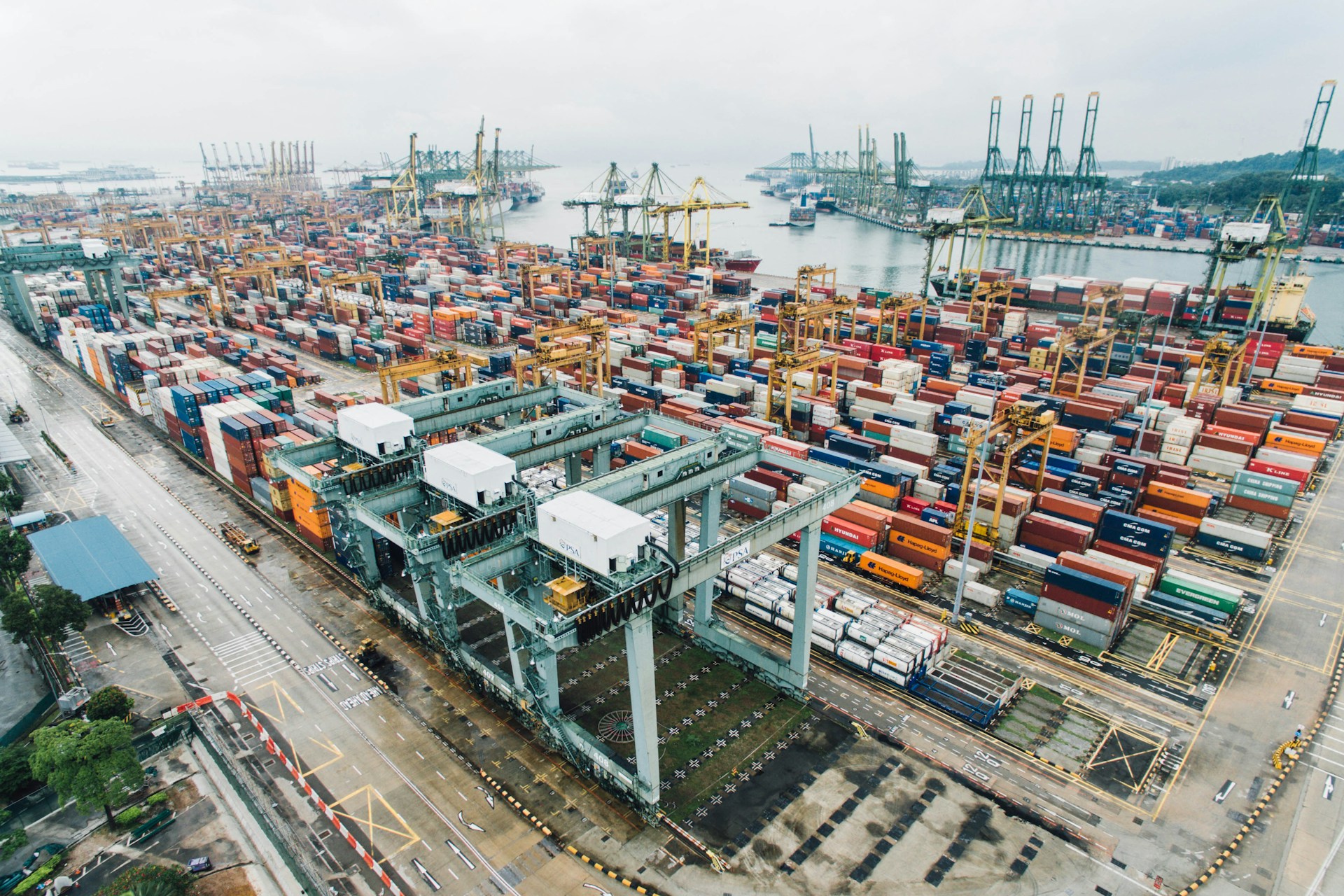The logistics industry plays a crucial role in global trade, and understanding the intricacies of freight costs is essential for businesses involved in international shipping. One of the most common units of measurement in this field is the 20ft container. This standard-sized container is widely used for transporting goods across oceans and continents. The cost associated with shipping a 20ft container can vary significantly depending on several factors, including route, demand, fuel prices, and seasonal fluctuations. Businesses need to carefully consider these elements when estimating their 20ft container freight cost. In recent years, innovative solutions like those offered by XRGLOBAL have emerged to help shippers manage these costs more effectively.
When it comes to calculating the 20ft container freight cost, one must first understand the variables that influence pricing. The distance between the origin and destination is a primary factor. For instance, shipping from China to Europe will generally incur higher costs than shipping within the same continent due to longer distances and additional handling fees. Another critical aspect is the type of cargo being transported. Certain goods may require specialized containers, such as refrigerated units for perishable items, which naturally increase the overall expense. Moreover, port congestion, customs regulations, and unexpected delays can all contribute to fluctuations in the final price.
Seasonal trends also play a significant role in determining the 20ft container freight cost. During peak seasons, such as before major holidays like Christmas or Chinese New Year, demand surges, leading to increased rates. Conversely, during off-peak periods, carriers might offer discounted rates to fill available space on their vessels. Shippers who plan ahead and book early can often secure better prices during these high-demand times. Additionally, geopolitical events, such as trade disputes or sanctions, can disrupt supply chains and lead to unpredictable changes in freight costs.
Fuel surcharges are another important component of the 20ft container freight cost equation. Shipping companies adjust these surcharges based on fluctuations in global oil prices. When fuel prices rise, so too do the costs associated with transporting goods by sea. To mitigate this risk, many forward-thinking businesses opt for long-term contracts with reliable partners. Such agreements provide stability and predictability, allowing companies to budget more accurately while minimizing exposure to volatile market conditions.
Technology has revolutionized how we approach logistics management, offering tools that enhance transparency and efficiency in tracking 20ft container freight cost. XRGLOBAL stands out as an industry leader in this regard, providing cutting-edge software designed specifically for shippers looking to optimize their operations. Their platform integrates real-time data analytics, enabling users to compare rates across multiple carriers and identify the best options for their specific needs. By leveraging XRGLOBAL’s advanced algorithms, businesses gain insights into historical pricing patterns and current market trends, empowering them to make informed decisions about their shipments.
For small and medium enterprises (SMEs), managing 20ft container freight cost can be particularly challenging. These organizations often lack the resources or expertise needed to negotiate favorable terms with large carriers. XRGLOBAL addresses this gap by offering tailored solutions that cater specifically to SMEs. Through its user-friendly interface, even novice shippers can access competitive quotes without needing extensive knowledge of the shipping industry. Furthermore, XRGLOBAL’s customer support team provides guidance throughout the process, ensuring clients fully understand all aspects of their transactions.
Another benefit of using XRGLOBAL lies in its commitment to sustainability. As environmental concerns become increasingly prominent in global discussions, companies are under pressure to adopt greener practices. XRGLOBAL helps achieve this goal by partnering with eco-conscious carriers and promoting efficient routing strategies that reduce carbon footprints. By choosing XRGLOBAL for their 20ft container freight cost needs, businesses not only save money but also contribute positively toward preserving our planet.
Despite advancements in technology and service offerings, challenges remain within the realm of international shipping. Fluctuating exchange rates, for example, complicate financial planning for cross-border transactions involving 20ft container freight cost. Currency devaluation in one country could result in unexpectedly higher expenses for importers/exporters operating in another region. While no single solution exists to eliminate this issue entirely, hedging strategies combined with fixed-rate contracts can help stabilize costs over time.
Similarly, unforeseen disruptions such as natural disasters or pandemics highlight the importance of contingency planning in logistics management. Events like the COVID-19 outbreak caused widespread disruptions to global supply chains, resulting in skyrocketing 20ft container freight costs. Companies relying solely on traditional methods struggled to adapt quickly enough to meet changing demands. Those utilizing platforms like XRGLOBAL, however, found themselves better positioned to respond swiftly thanks to enhanced visibility and flexibility provided by digital tools.
In conclusion, navigating the complexities surrounding 20ft container freight cost requires a comprehensive understanding of various influencing factors. From geographic considerations and seasonal variations to technological innovations and sustainable initiatives, each element contributes uniquely to shaping the final expense. Brands like XRGLOBAL offer invaluable resources to assist both experienced professionals and newcomers alike in overcoming obstacles inherent in today’s dynamic shipping environment. By embracing modern approaches and collaborating with trusted partners, businesses can successfully navigate the ever-evolving landscape of global trade while maintaining control over their bottom line. Ultimately, investing in smart logistics solutions ensures not just cost savings but also improved operational efficiencies and greater resilience against future uncertainties.



